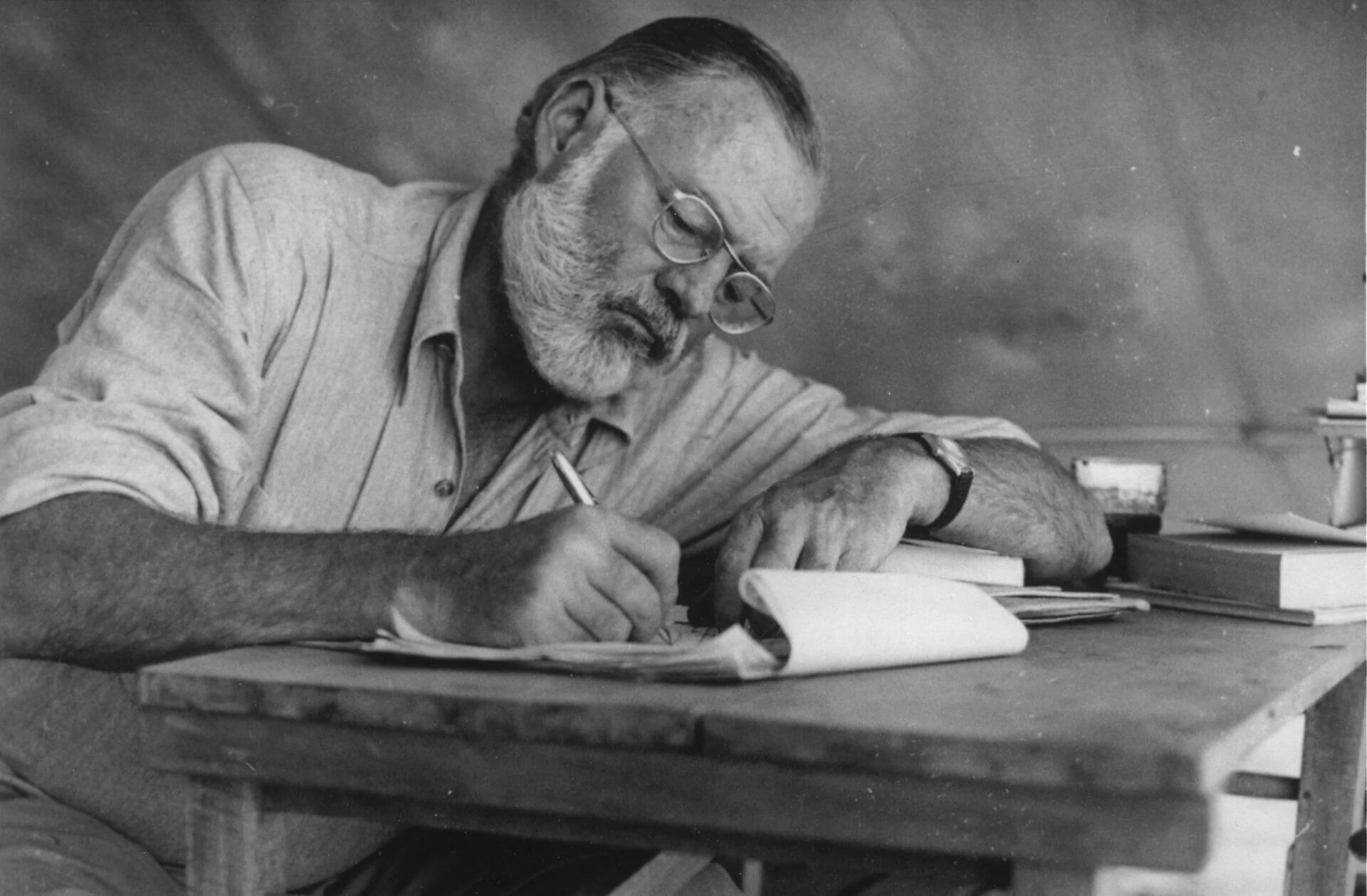
One Hundred Years of Solitude | History in a family saga
Author
Year
Format
One Hundred Years of Solitude is the Colombian author Gabriel García Márquez‘s masterpiece. Now one of the most significant novels in world literature, in 1967 at the first publication it was expected to sell not more than 8.000 copies. At that time, García Márquez was relatively anonymous as a writer. Sudamericana Press (the publishing house) was a leading publisher of Latin American literature.
The leader of the Latin American boom
One Hundred Years of Solitude overcame both the limits of what was called indigenismo and the experimentalism of the nouveau roman. It became, according to the Italian writer Natalia Ginzburg’s definition, “an alive novel”. Soon, Gabriel García Márquez became the leader of the Latin American boom. It is a literary movement, spread in the 1960s and 1970s, already associated with great personalities. Some of them were the Peruvian Mario Vargas Llosa, the Argentinian Julio Cortázar, and the Mexican Carlos Fuentes.
The Buendía saga
The most translated work in Spanish after the Don Quixote, One hundred Years of Solitude is the story of the Buendía family. Starting from the patriarch José Arcadio, founder of the utopic village of Macondo, the novel recalls Buendía’s genesis and end. The events generally follow a chronological order, but the story is full of flashbacks and leaps into the future. For instance, the incipit is a flashback and a flash-future at the same time. This particular choice comes from Márquez’s circular idea of time. That’s why there is a sort of repetitiveness, as the reader can see in the names: José Arcadio and Aureliano. These are the only ones the author uses for Buendía’s family’s sons.
One Hundred Years of Solitude is a metaphor for Colombia‘s history from its foundation to the modern age. Through Buendía’s saga, Márquez tells some particularly significant historical facts that have marked the country. Such as the civil war, the arrival of the railway, and the advent of cinema.
The best example of magical realism
This work is the best example of magic realism, the literary genre that presents the extraordinary or supernatural as ordinary. As New York Times literary critic Michiko Kakutani affirms, “for writers like Mr. Garcia Marquez, […] transactions between the mundane and the extraordinary are not merely a literary technique, but a mirror of an intractable social reality”. Other magic realist books are The House of the Spirits by Isabel Allende or Like water for Chocolate by Laura Esquivel. Some examples of magical realism in One Hundred Years of Solitude are four years, eleven months, and two days of rainstorms or ascension to heaven of a female character (Remedios the Beauty). These episodes blend perfectly with reality.
In 1982 Gabriel García Márquez won the Nobel Prize in Literature. The reason was his talent for telling, with a combination of reality and fantasy, Latin American history.
Tag






